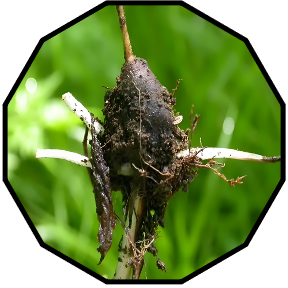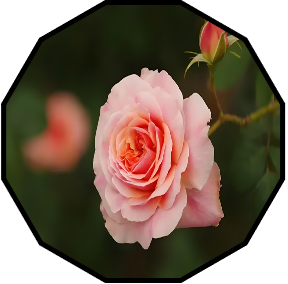
Easily browse our database: search siRNA and miRNA sequences by crop disease location and sequence length for quick access to accurate plant disease and target gene data.
Plant Organ Classification
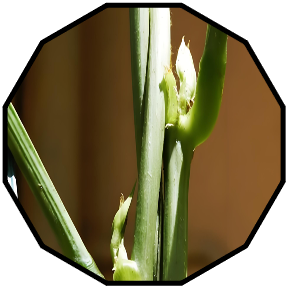
Stem
Function: The stem connects the roots and leaves, supports the plant structure, and transports water and nutrients.
Characteristics: Can be woody or herbaceous, with growth points and lateral branches.
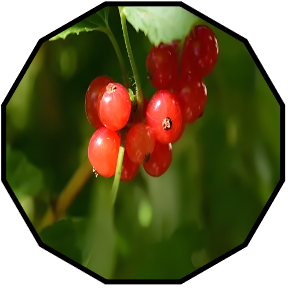
Fruit
Function: Fruits are reproductive structures that protect seeds and aid in their dispersal.
Characteristics: Mature ovaries that usually contain seeds, varying in shape and size.
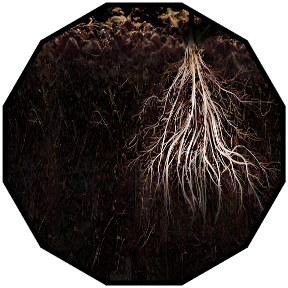
Root
Function: Roots anchor the plant in the soil, absorb water and minerals, and store nutrients.
Characteristics: Usually grow underground, divided into main roots and lateral roots, with root hairs to increase absorption surface area.

Leaf
Function: Leaves are the primary sites for photosynthesis, absorbing sunlight and converting carbon dioxide and water into glucose and oxygen.
Characteristics: Typically flat, with a surface containing stomata for gas exchange.
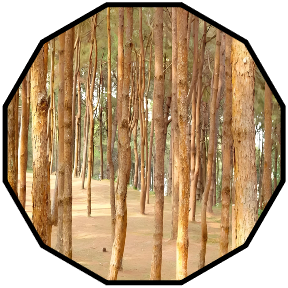
Trunk
Function: The trunk is the main support structure of woody plants, bearing the weight of the crown and providing stability for growth.
Characteristics: Typically thick and woody, with growth rings and bark.
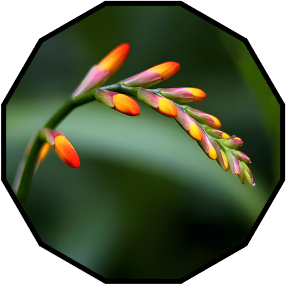
Spike
Function: A spike is a specific type of inflorescence structure responsible for plant reproduction.
Characteristics: Composed of multiple tightly clustered small flowers, usually growing at the top or sides.


